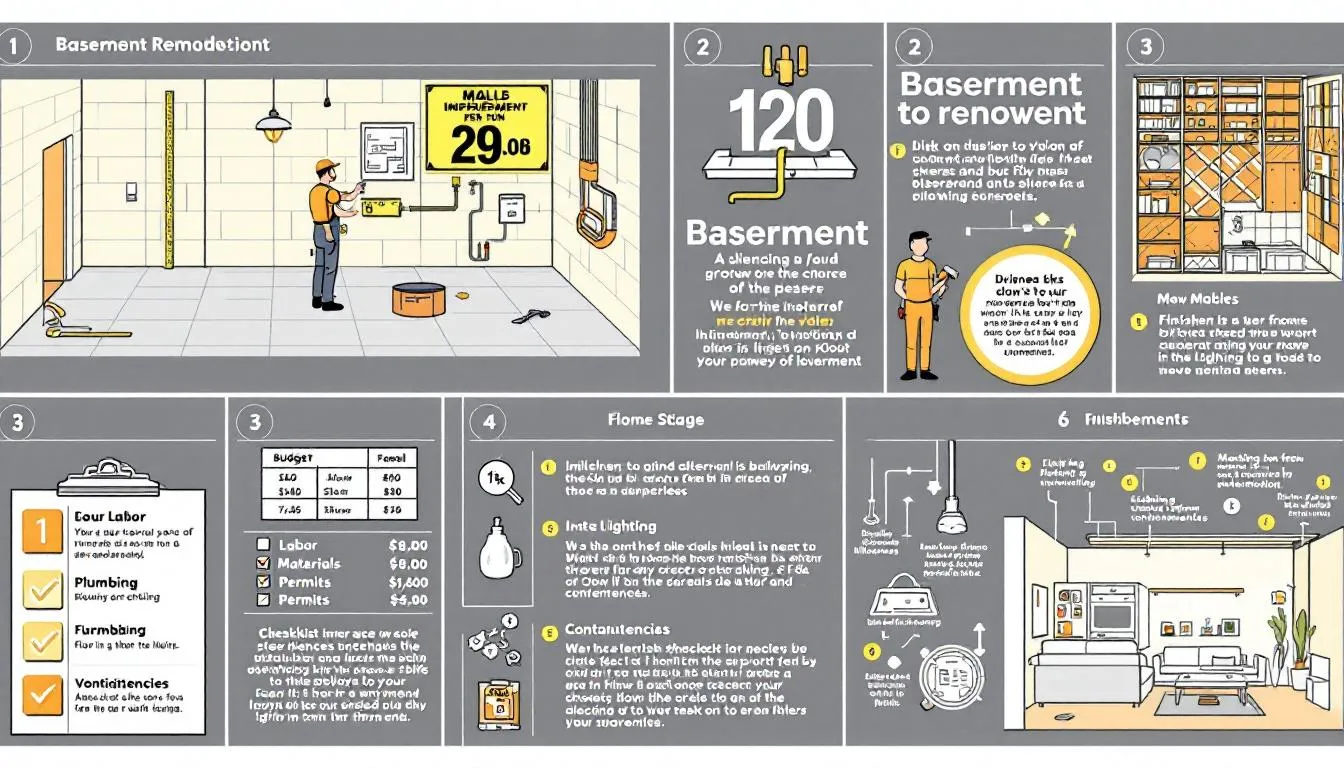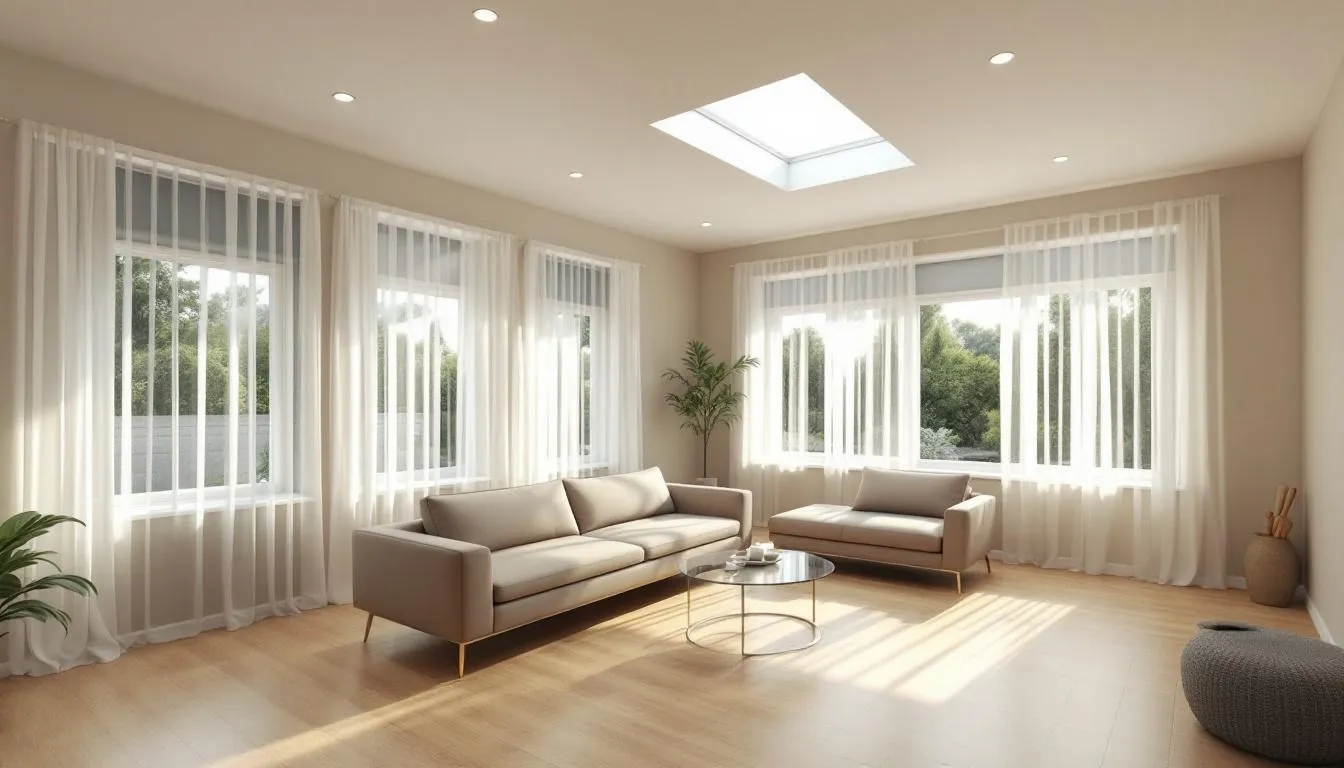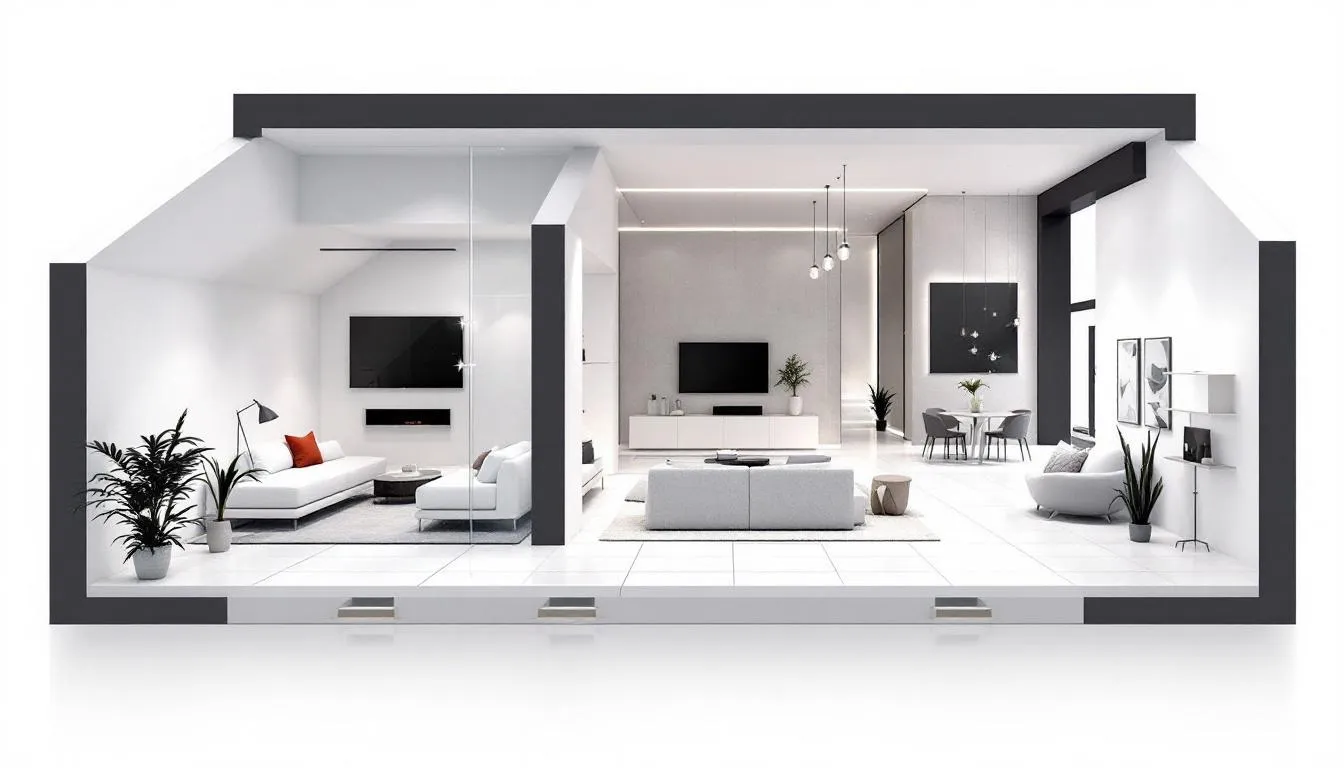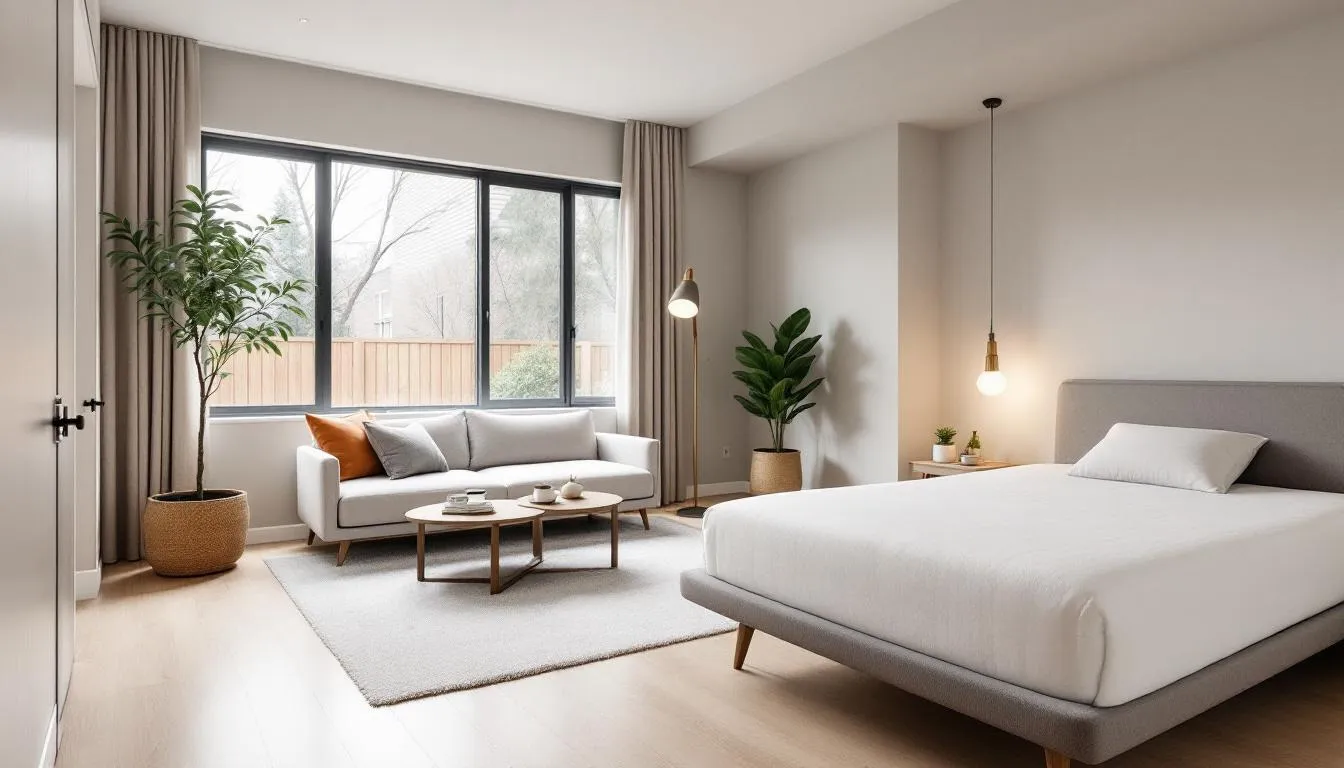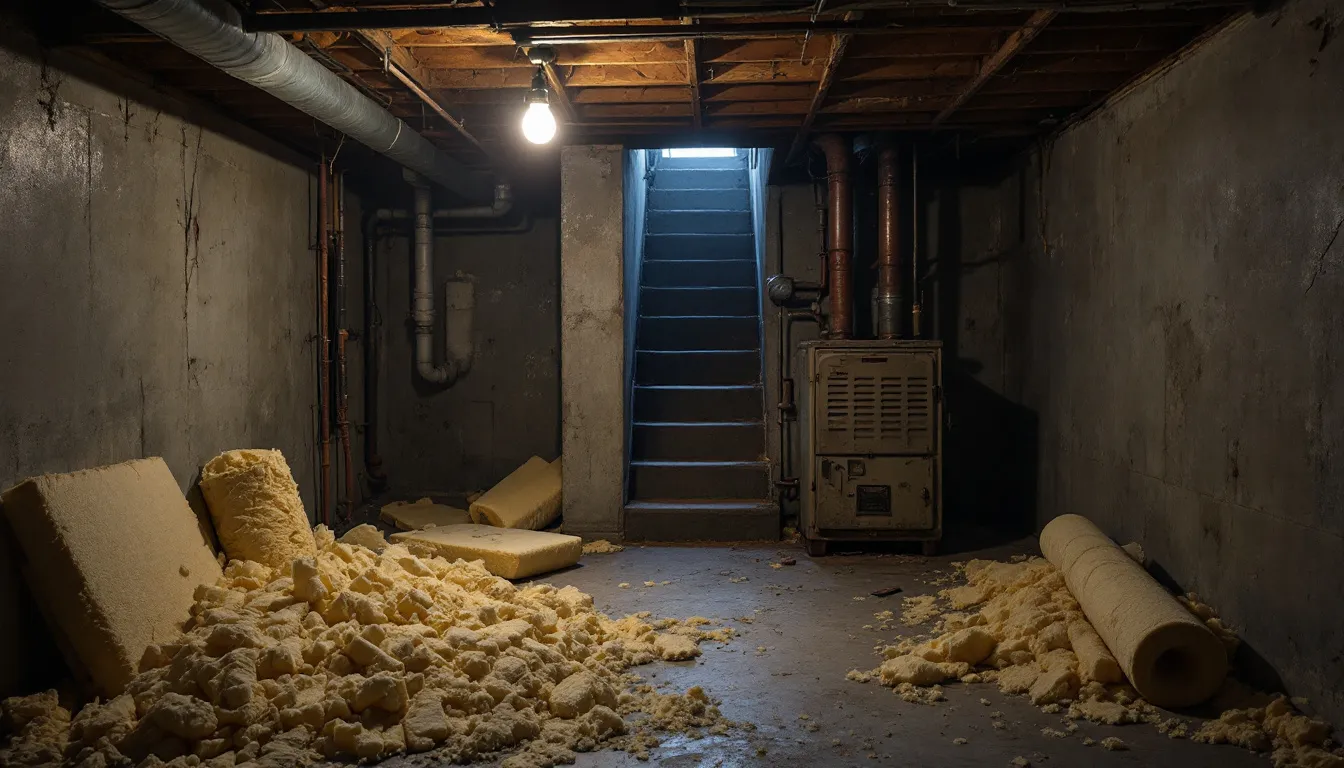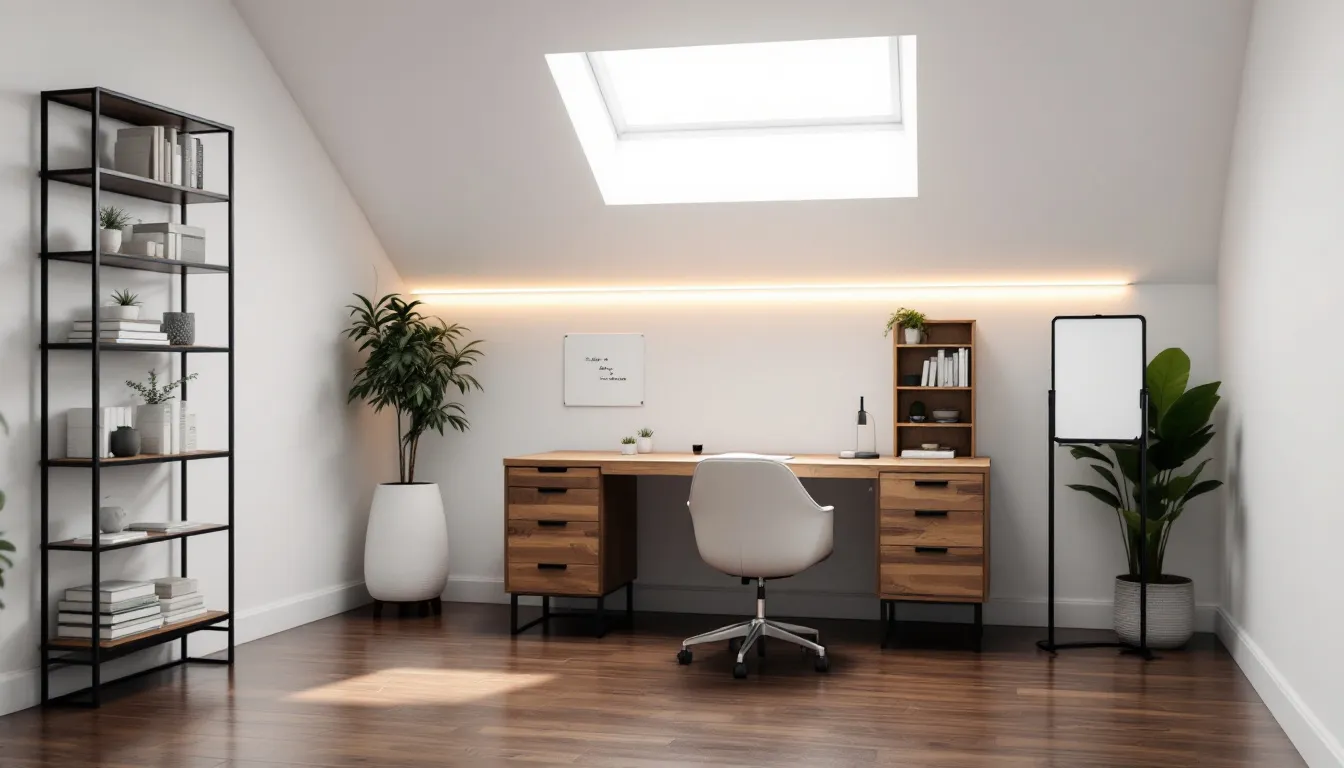Top Tips for Basement Remodeling on a Budget: Cost Effective Upgrades
Want to remodel your basement without spending a fortune? You’ve come to the right place. Learn how to tackle basement remodeling on a budget: cost-effective upgrades. Transforming your basement into a family room with amenities like a kitchenette or wet bar can enhance your living space and increase your home's value. Additionally, consider the potential of transforming the basement into a guest bedroom, providing comfortable accommodations for visitors and boosting your home’s resale value. From essential upgrades to affordable flooring options and creative storage solutions, we’ll guide you through transforming your basement without overspending.
Key Takeaways
- Prioritize essential upgrades like waterproofing and insulation to ensure a safe and livable basement.
- Utilize budget-friendly flooring, lighting, and wall finishes to maximize style and functionality without overspending.
- Transform your basement into a family room with amenities like a kitchenette or wet bar to enhance living space and significantly increase the value of your home.
- Consider converting the basement into a guest bedroom to enhance home functionality and aesthetics, providing comfortable accommodations for visitors and increasing the home’s resale value.
- Incorporate smart storage solutions and multi-functional furniture to make the most of your basement space efficiently.
Planning and Budgeting
Planning and budgeting are crucial steps in a basement remodel. A well-planned and budgeted project can help you achieve your desired outcome while minimizing costs and stress.
Determine Your Budget
Determining your budget is the first step in planning your basement remodel. Consider the cost of materials, labor, and any necessary permits or inspections. It’s essential to set a realistic budget and prioritize your spending based on your needs and wants.
When determining your budget, consider the following factors:
- The size of your basement
- The materials and finishes you want to use
- The complexity of the project
- The cost of labor and any necessary permits or inspections
A general rule of thumb is to budget at least $30 to $75 per square foot for a basement remodel, depending on the scope of the project. By setting a clear budget, you can make informed decisions and avoid unexpected expenses, ensuring your basement remodel stays on track financially.
Assess Your Basement Space
Assessing your basement space is critical in determining the best use of the area. Consider the following factors:
- The size and shape of the space
- The location of any windows, doors, and electrical outlets
- The condition of the walls, floor, and ceiling
- Any potential water damage or structural issues
By thoroughly assessing your basement space, you can determine the best layout and design for your remodel. This step helps you identify any challenges or opportunities, allowing you to plan a functional and aesthetically pleasing basement conversion.
Prioritize Essential Upgrades
Addressing structural or safety issues in an unfinished basement before aesthetic upgrades is essential. A safe and healthy basement environment is the foundation of a successful remodel. Start by sealing block walls and applying a waterproof coating to prevent moisture problems. Eliminating dampness and installing necessary insulation will make your basement more livable and protect your investment in the long run.
Focus on framing walls with 2x4 studs at 16 inches on center to maintain a straighter finished drywall surface. This step, along with using R5 rigid insulation, will significantly improve temperature regulation in your basement. Prioritizing these essential upgrades sets a solid foundation for the rest of your remodeling project.
Affordable Basement Flooring Options
Choosing the right flooring for your basement floor can be a game-changer, especially when working on a budget. Vinyl flooring, particularly planks and sheets, is a popular choice due to its durability and moisture resistance. Its waterproof nature makes it a practical and cost-effective option for a basement remodel.
For an even more budget-friendly option, consider carpet tiles. Designed with moisture-resistant backing, they are suitable for basement environments. Their flexibility allows replacement of individual tiles if damaged, extending the flooring’s lifespan. Painting the concrete floor is an ultimate low-cost solution that adds style without the expense.
Those willing to invest a bit more might consider laminate flooring and glazed ceramic tiles as excellent choices. Laminate can be installed over a moisture barrier to protect against water damage from concrete slabs, while ceramic tiles offer resistance to moisture and damage. These options provide a balance between durability and cost, making them ideal for a finished basement.
Creative Storage Solutions
Keeping your basement organized and functional requires maximizing basement storage. Utilizing vertical space is one of the best ways to increase storage capacity. Shelving that reaches the ceiling can significantly boost storage without taking up valuable floor space.
Consider repurposing items like old dressers or cabinets to create unique storage solutions while saving money. Using salvaged materials for cabinets or countertops can further reduce renovation costs. Labeled bins help maintain organization and make it easier to find items in storage.
Magnetic strips are another creative way to organize tools and small items efficiently on walls. Incorporating these smart storage solutions transforms your basement into a clutter-free and functional living space.
Budget-Friendly Lighting Ideas
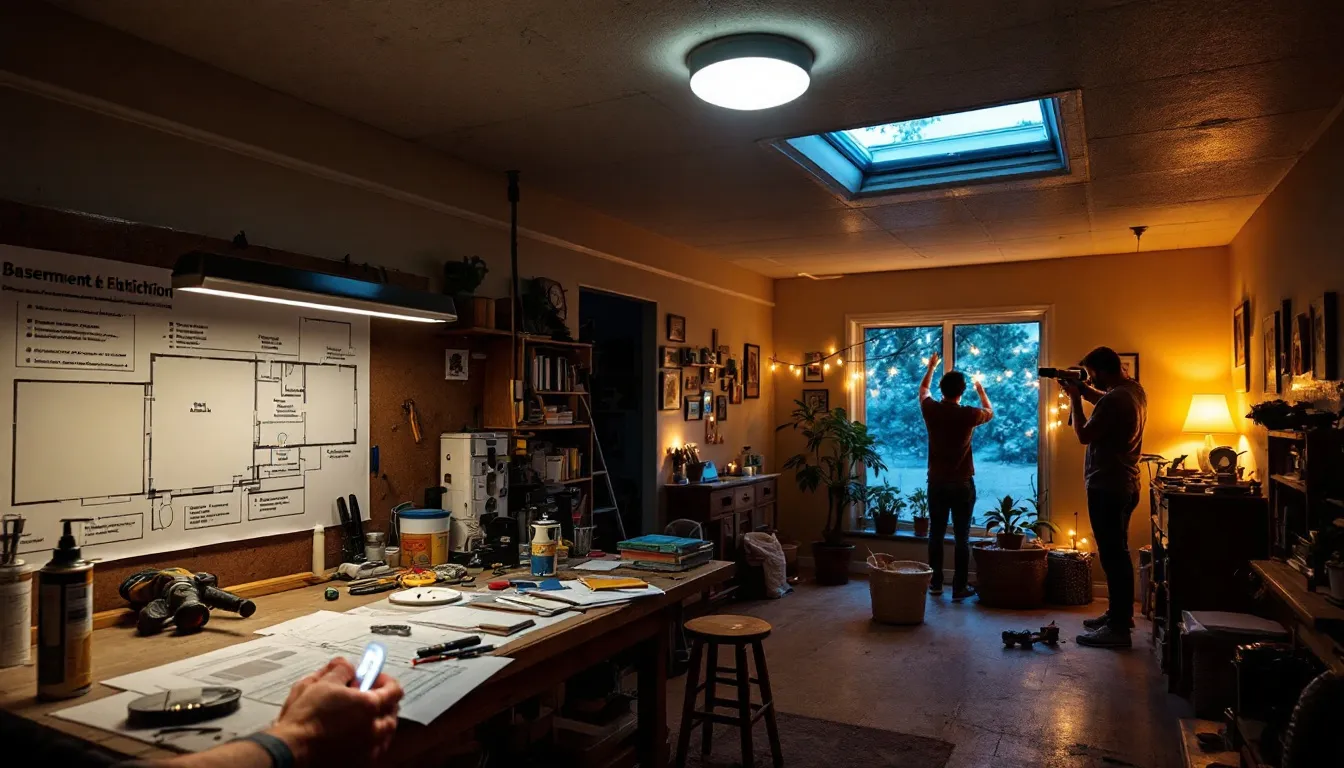
Due to the lack of natural light, artificial lighting is crucial for creating a welcoming basement environment. Recessed lighting is an effective solution for providing general illumination while minimizing shadows, especially in basements with lower ceilings. LED strip lights along staircases improve safety and add a unique aesthetic touch.
A more budget-friendly approach includes using surface-mounted lights and wall sconces. These options can illuminate spaces with lower ceilings by directing light outward against the ceiling. Dimmable LED lights are another great choice, as they enhance ambiance and offer energy savings. Combining these affordable lighting solutions results in a bright and inviting basement on a budget.
Low-Cost Wall Finishes
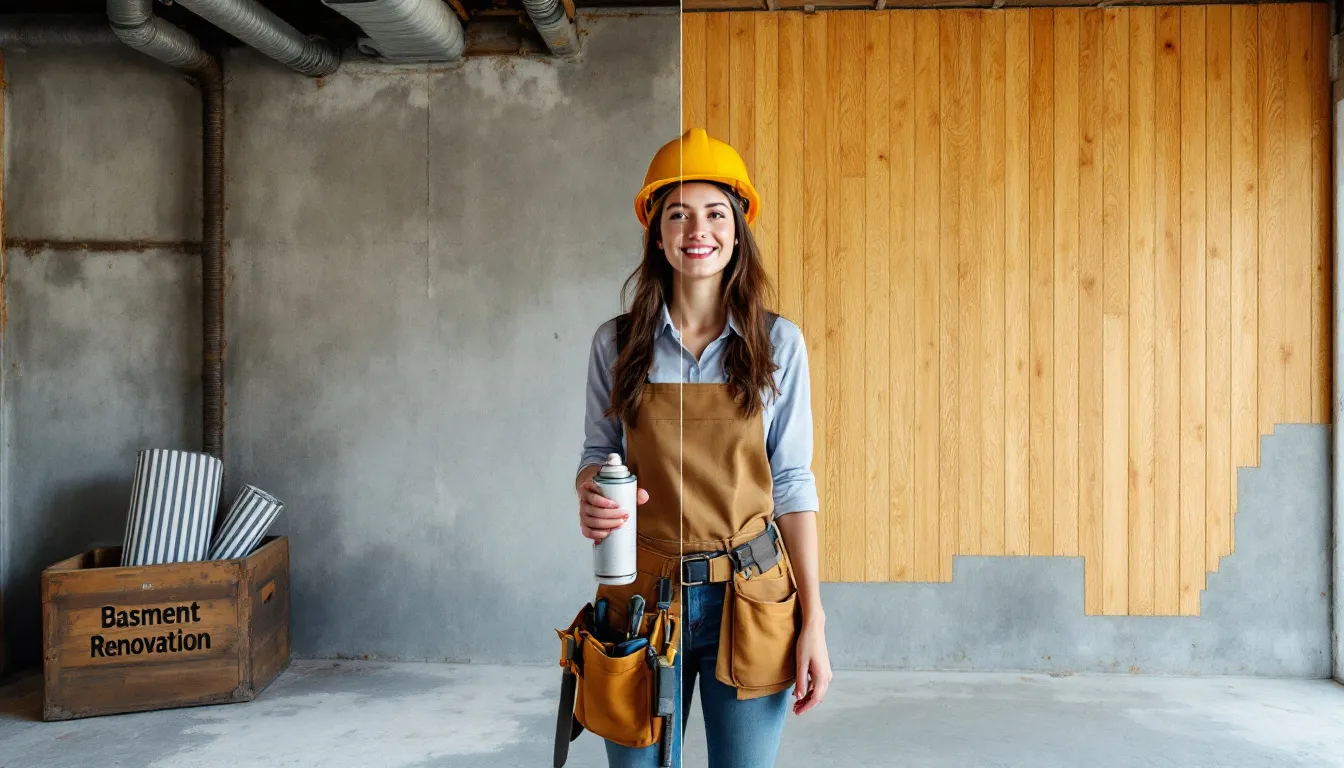
Finishing your basement walls can be budget-friendly while still providing a polished look. Painting concrete walls or installing prefabricated panels are inexpensive ways to achieve a finished basement. For a warm and cozy atmosphere, consider applying shiplap wood paneling.
Mold-resistant drywall is an excellent choice for combating potential dampness in the basement. Plastic wall panels are another effective option in humid climates, as they prevent water leakage. Choosing these low-cost wall finishes allows you to create a stylish and durable environment without overspending.
DIY Projects to Save Money
DIY projects are an effective way to save money during a basement remodel. Painting the basement yourself can create a personal touch and is a budget-friendly way to achieve a fresh look. Additionally, framing basement walls using pressure-treated lumber and tapcons can be done affordably and allows for efficient space design.
Utilizing salvaged materials and incorporating them into your DIY projects can greatly reduce overall remodeling costs. For example, using salvaged cabinets can add unique character to the space while keeping expenses low. Taking on these DIY projects saves money and adds a personal touch to your basement on a budget.
Inexpensive Ceiling Treatments
Enhancing your basement’s look doesn’t have to be expensive, especially for ceiling treatments. One simple and affordable option is to paint the basement ceiling a solid color, which can make everything blend and brighten the space. Another creative idea is to use fabric, such as white sheets, to create a canopy for a soft ceiling effect.
These inexpensive ceiling treatments can dramatically improve the overall visual appeal of your basement without significant investment. These treatments provide a budget-friendly upgrade and contribute to a more inviting and stylish environment.
Multi-Functional Furniture
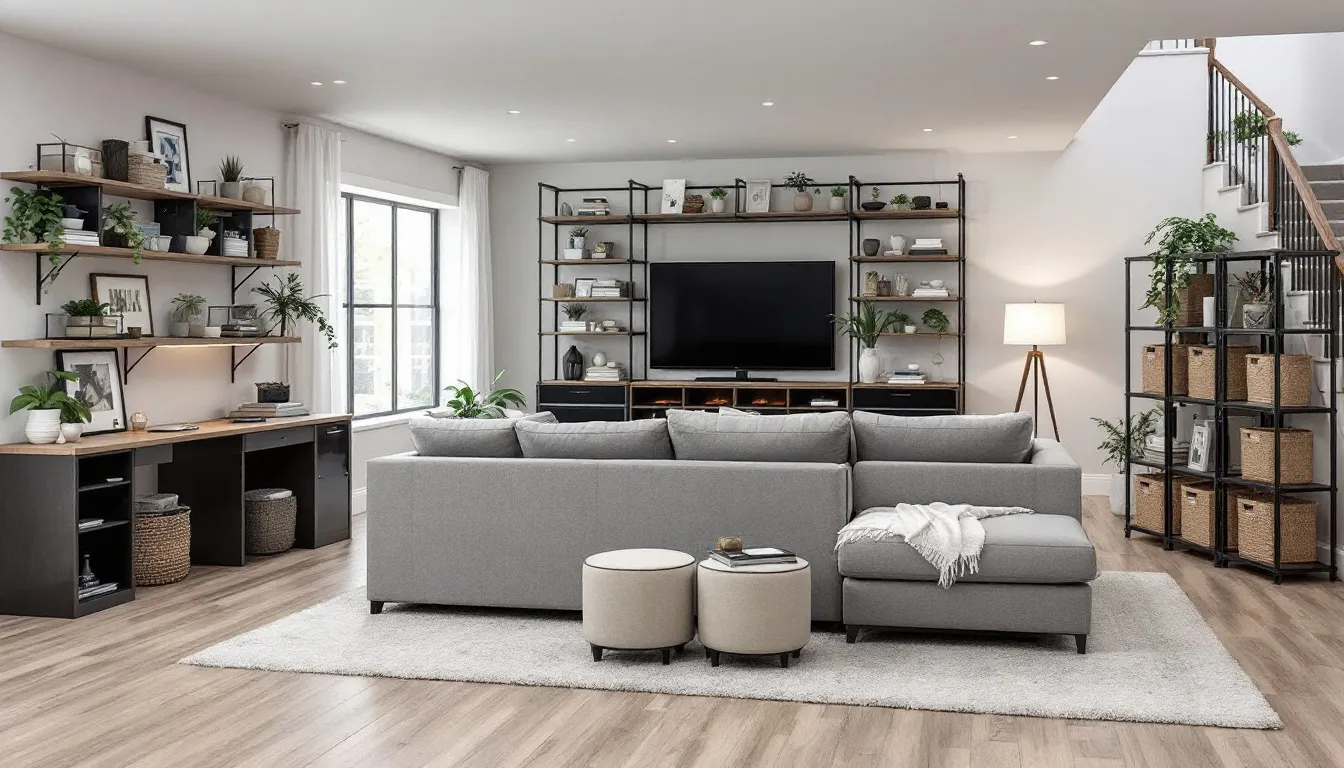
When remodeling a basement on a budget, maximizing space efficiency is key. Opting for multi-functional furniture can help you achieve this goal. Furniture with built-in storage, like ottomans or benches, can provide dual functionality in small basement areas. These pieces not only serve their primary purpose but also offer extra storage space, helping to keep the area clutter-free.
Repurposing secondhand furniture is another great way to save money while adding unique storage solutions. Incorporating hidden storage, such as built-in benches, can maintain a clean and organized environment. Choosing multi-functional furniture helps you make the most of your basement space while creating extra living space without overspending.
Accent Features for Less
Accent features can enhance your basement’s character and appeal without breaking the bank. One cost-effective way to introduce bold designs is by incorporating wallpaper in specific areas, like an accent wall. This approach provides a stylish touch without overwhelming the space.
Shiplap or beadboard as affordable wall coverings can also add charm to your basement. For a more personalized touch, consider creating a gallery wall with framed photos or using decorative hooks to enhance functionality while adding visual interest.
These accent features will make your basement feel unique and inviting without a hefty price tag.
Cost-Effective Heating and Cooling
Proper heating and cooling make your basement a comfortable and habitable space. Electric space heaters provide quick and portable heating for specific areas, though they are less energy-efficient and can pose safety risks. Portable heat pumps offer both heating and cooling options, making them versatile, but they may have limited capacity and can be noisy.
Insulating your basement with expanded polystyrene foam or rigid insulation can provide more efficient temperature control. Ductless heat pumps are highly efficient and can significantly reduce energy costs by heating spaces directly without ductwork. Proper insulation and efficient heating and cooling solutions save money on energy bills and create a more comfortable environment.
Smart Planning for Maximum Impact
Smart planning is crucial for maximizing the impact of your basement remodel. Start by creating a detailed floor plan that includes essential features and key structural improvements. Do not skimp on proper insulation, as it significantly affects energy efficiency and comfort.
If budget is a major concern, consider partially finishing the basement renovation, focusing on the living space and living spaces. Consulting experienced contractors can provide insights into design options that maximize space efficiency and avoid going overboard with cosmetic changes. Wise planning helps achieve the most value and functionality from your remodeling project.
Permits and Inspections
Permits and inspections are necessary to ensure that your basement remodel is safe and compliant with local building codes.
Necessary Permits for Basement Remodeling
The necessary permits for basement remodeling vary depending on the scope of the project and the location of your home. However, some common permits include:
- Building permit: required for any structural changes or additions to the basement
- Electrical permit: required for any electrical work, including the installation of new outlets or lighting
- Plumbing permit: required for any plumbing work, including the installation of a new bathroom or kitchen
- Zoning permit: required to ensure that the remodel complies with local zoning regulations
It’s essential to check with your local government to determine the necessary permits for your basement remodel. Obtaining the correct permits ensures that your project meets all legal requirements and avoids potential fines or complications.
In addition to permits, inspections are also necessary to ensure that the remodel is safe and compliant with local building codes. Inspections may include:
- Electrical inspections: to ensure that the electrical work is safe and compliant with local building codes
- Plumbing inspections: to ensure that the plumbing work is safe and compliant with local building codes
- Building inspections: to ensure that the structural changes or additions are safe and compliant with local building codes
By obtaining the necessary permits and inspections, you can ensure that your basement remodel is safe and compliant with local building codes. This step not only protects your investment but also ensures the safety and functionality of your newly finished basement.
Consult Professional Contractors
While DIY projects save money, knowing when to consult professional contractors is important. Hiring professionals ensures that your basement renovations meet required codes and quality standards. Tasks that require precise execution, such as plumbing or electrical work, should be handled by experts to prevent costly mistakes.
Working with professionals prevents expensive errors and ensures quality results in your basement remodeling project. Although DIY projects are great for simpler tasks, complex renovations are best left to the pros to guarantee a successful outcome.
Summary
In summary, basement remodeling on a budget is entirely achievable with smart planning and cost-effective strategies. Transforming your basement into a family room can significantly enhance your living space, providing a practical area for relaxation and entertainment. Additionally, consider the potential of transforming the basement into a guest bedroom to provide comfortable accommodations for visitors and increase your home’s resale value. Prioritize essential upgrades, choose affordable flooring options, and implement creative storage solutions to maximize your basement’s potential. Utilize budget-friendly lighting ideas, low-cost wall finishes, and embrace DIY projects to save money.
By following these tips, you can transform your basement into a functional and stylish part of your home without overspending. Start planning your cost-effective basement remodeling project today and enjoy the benefits of a beautifully finished space.
Ready to work with Basement Remodeling Long Island?
Let's connect! We’re here to help.
Send us a message and we’ll be in touch.
Or give us a call today at 646-801-1701
Agency Contact Form
More Marketing Tips, Tricks & Tools
